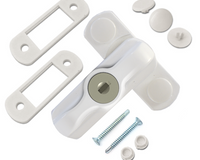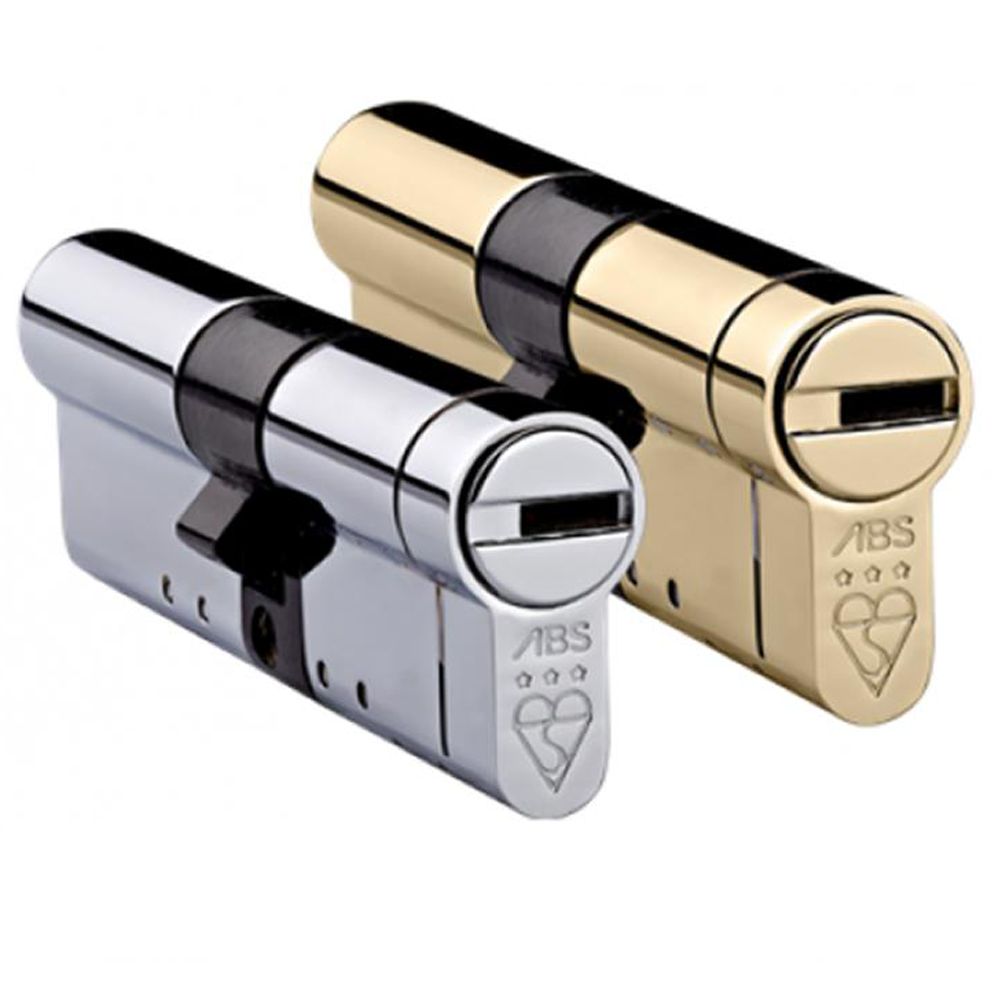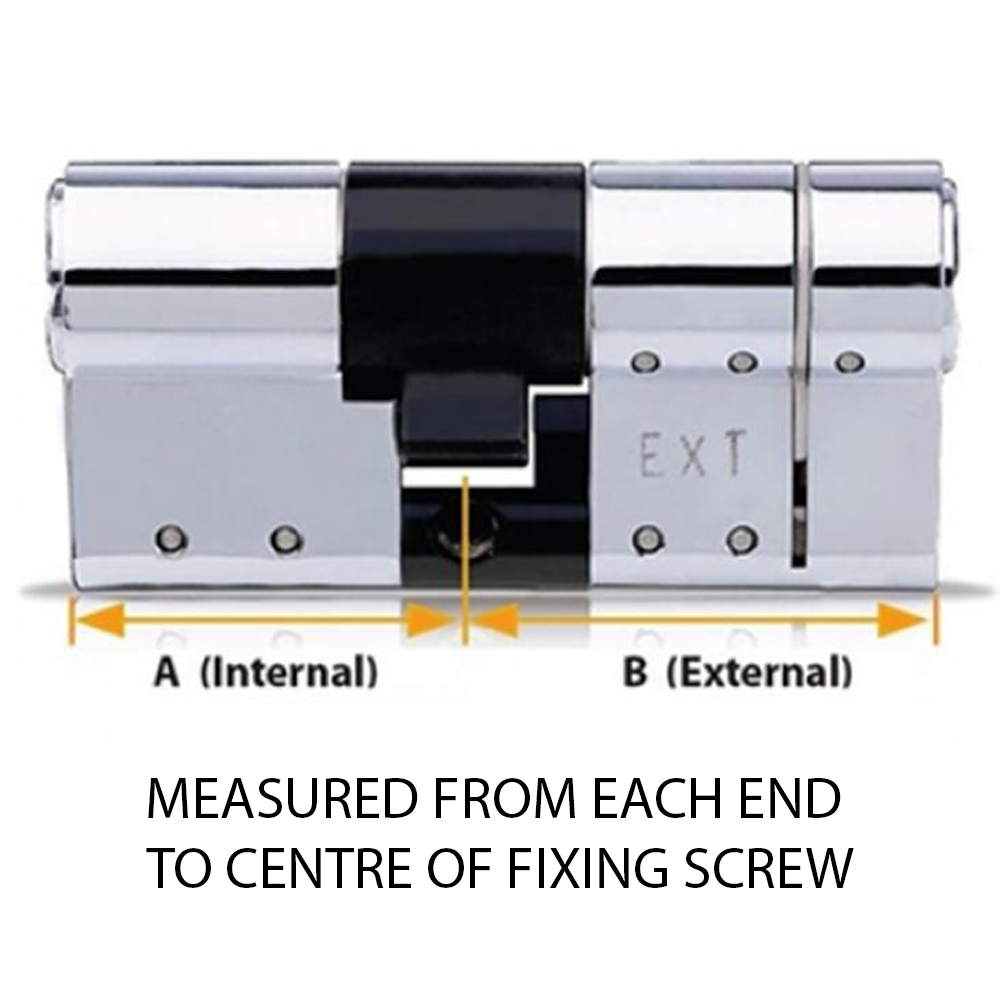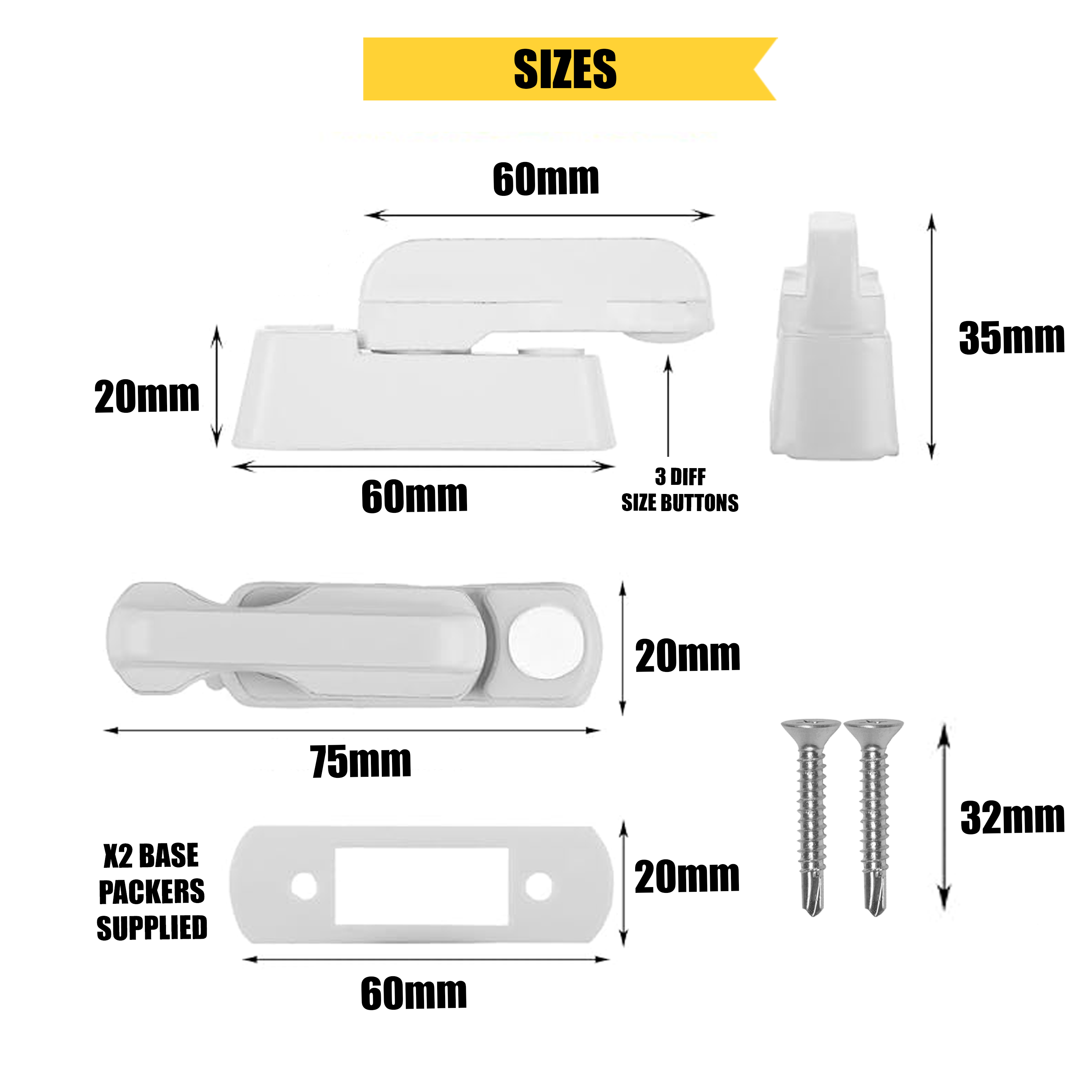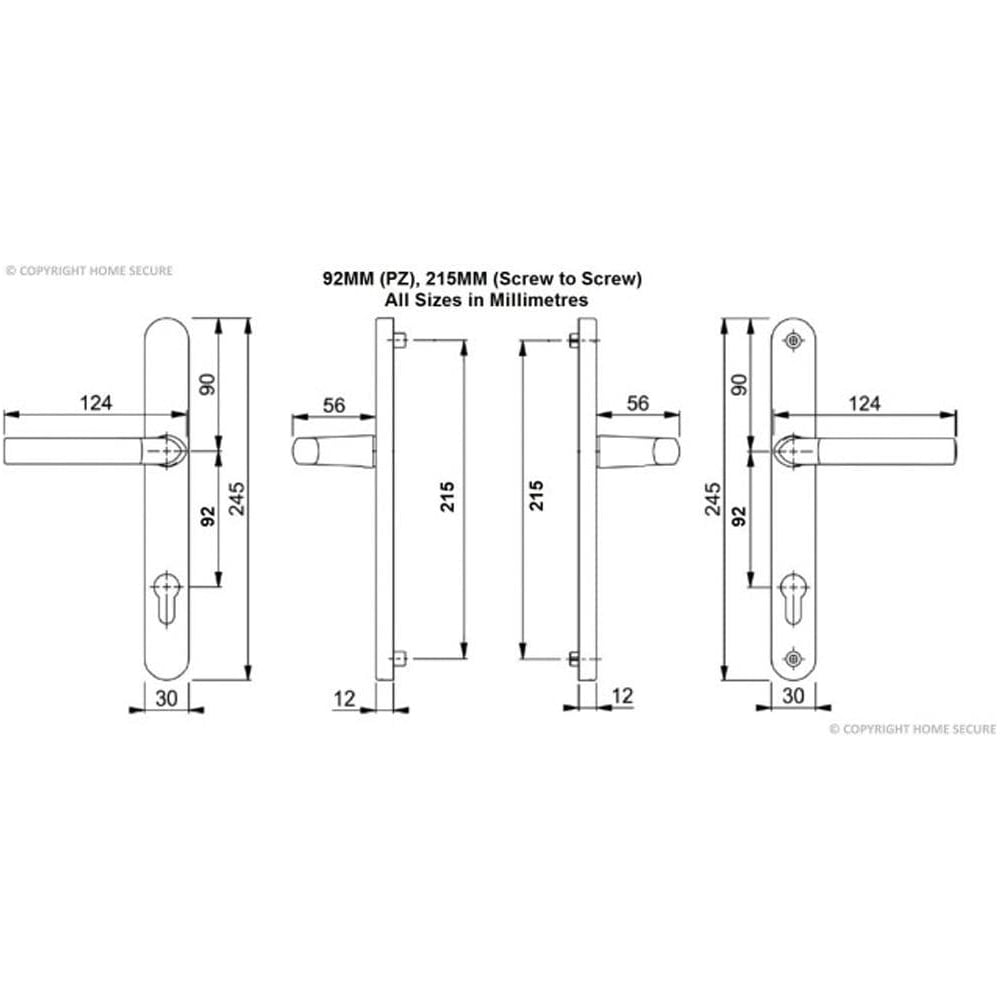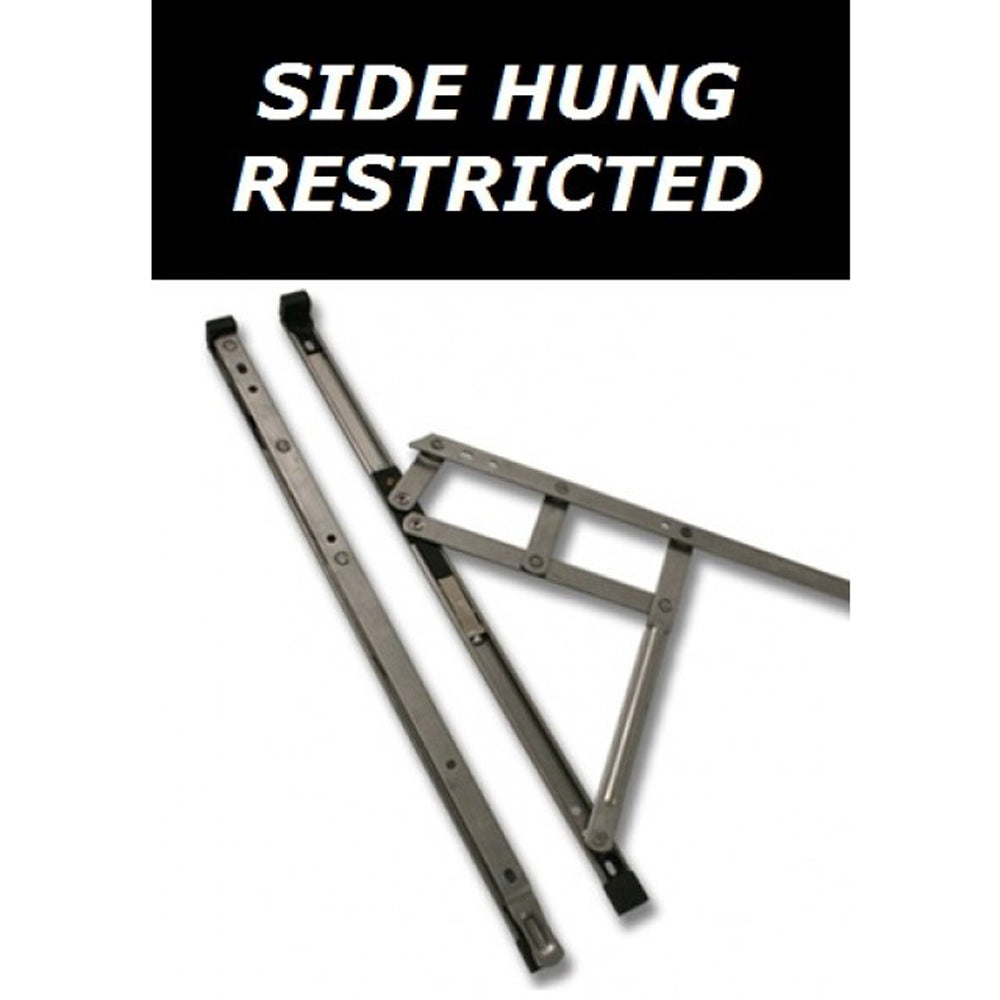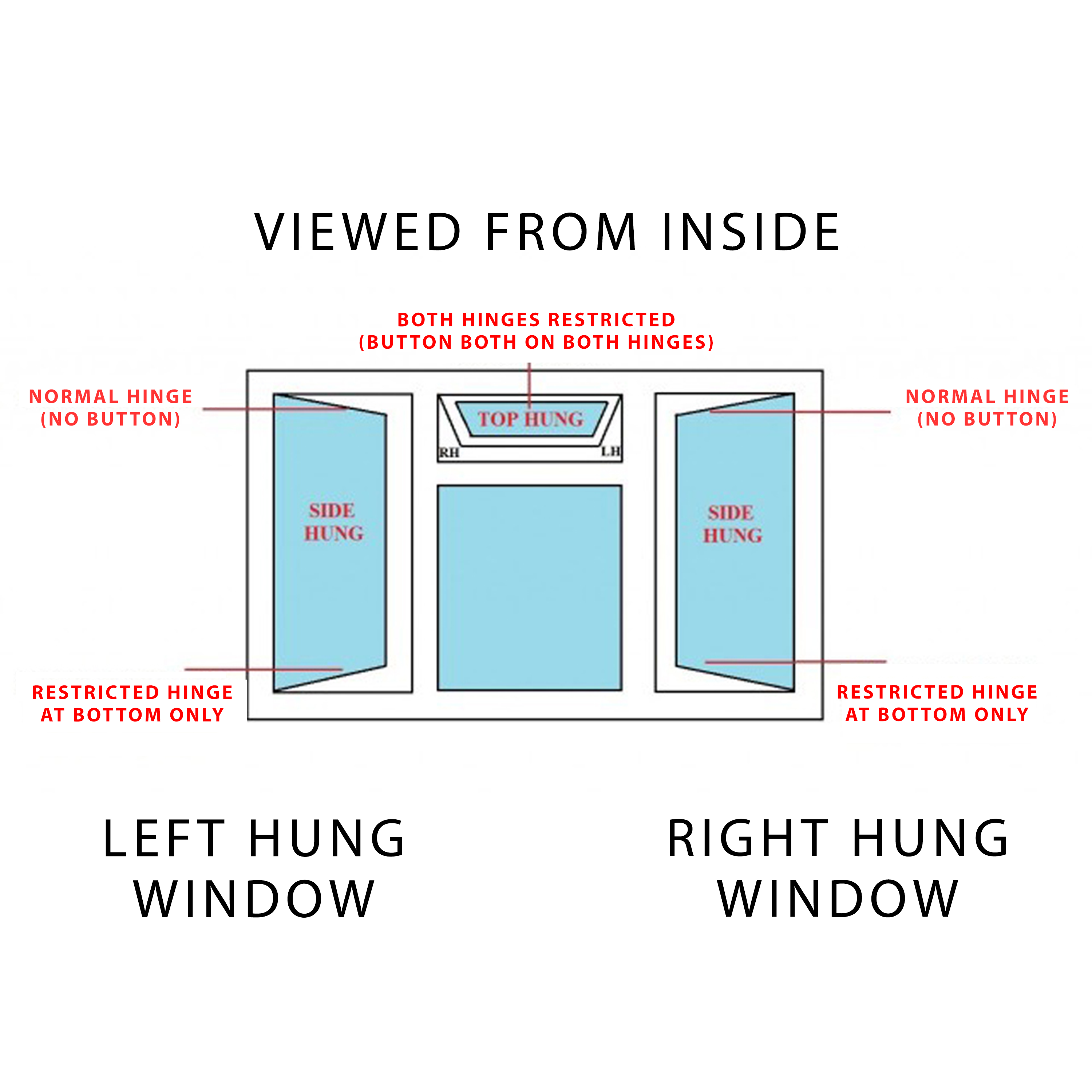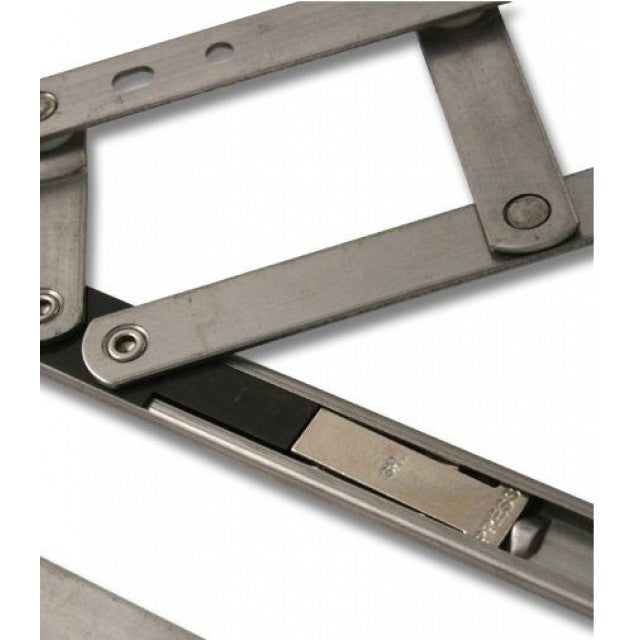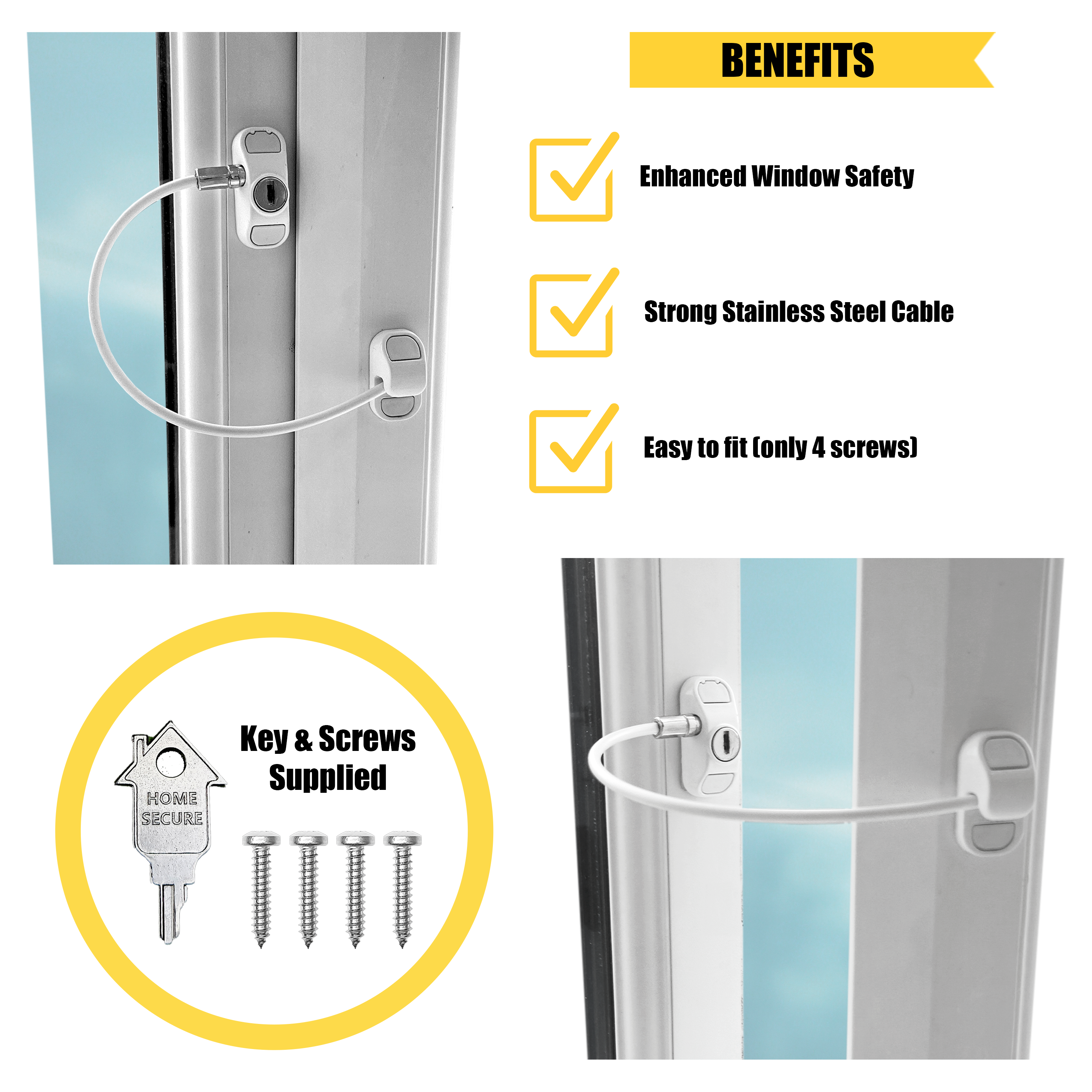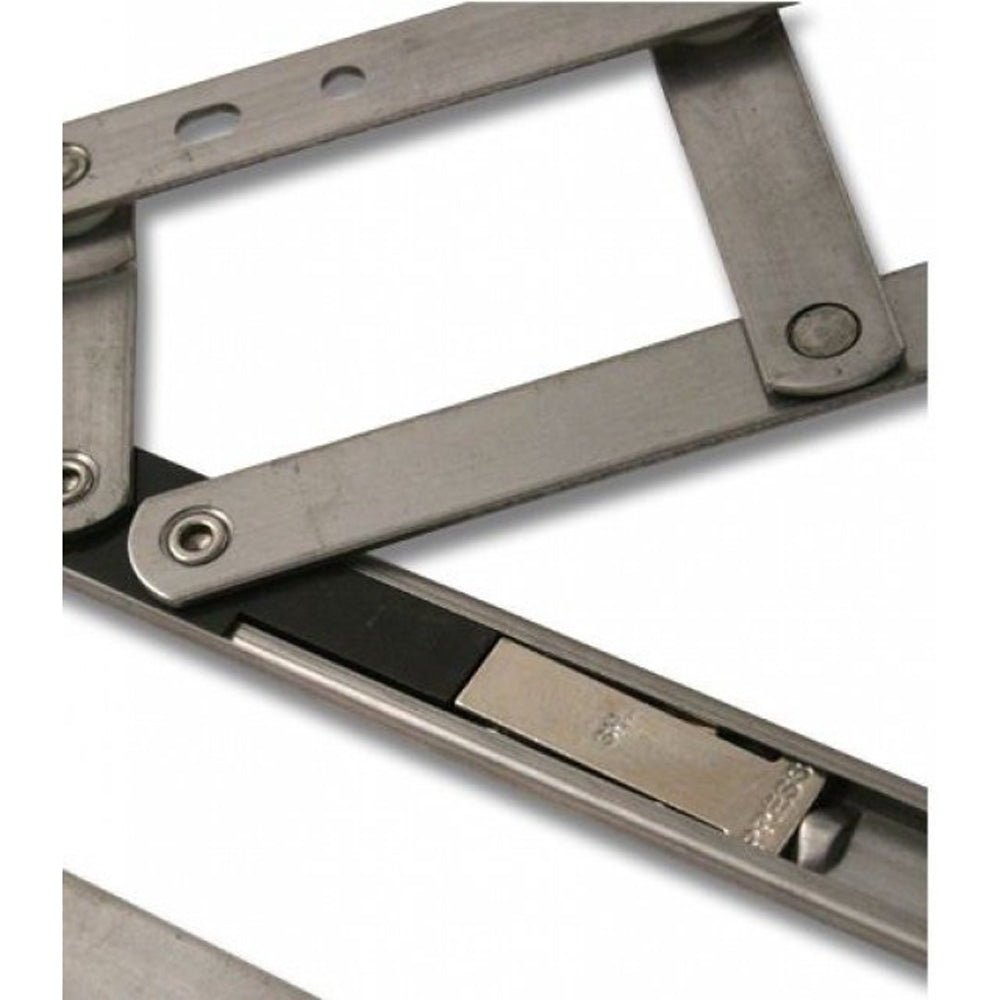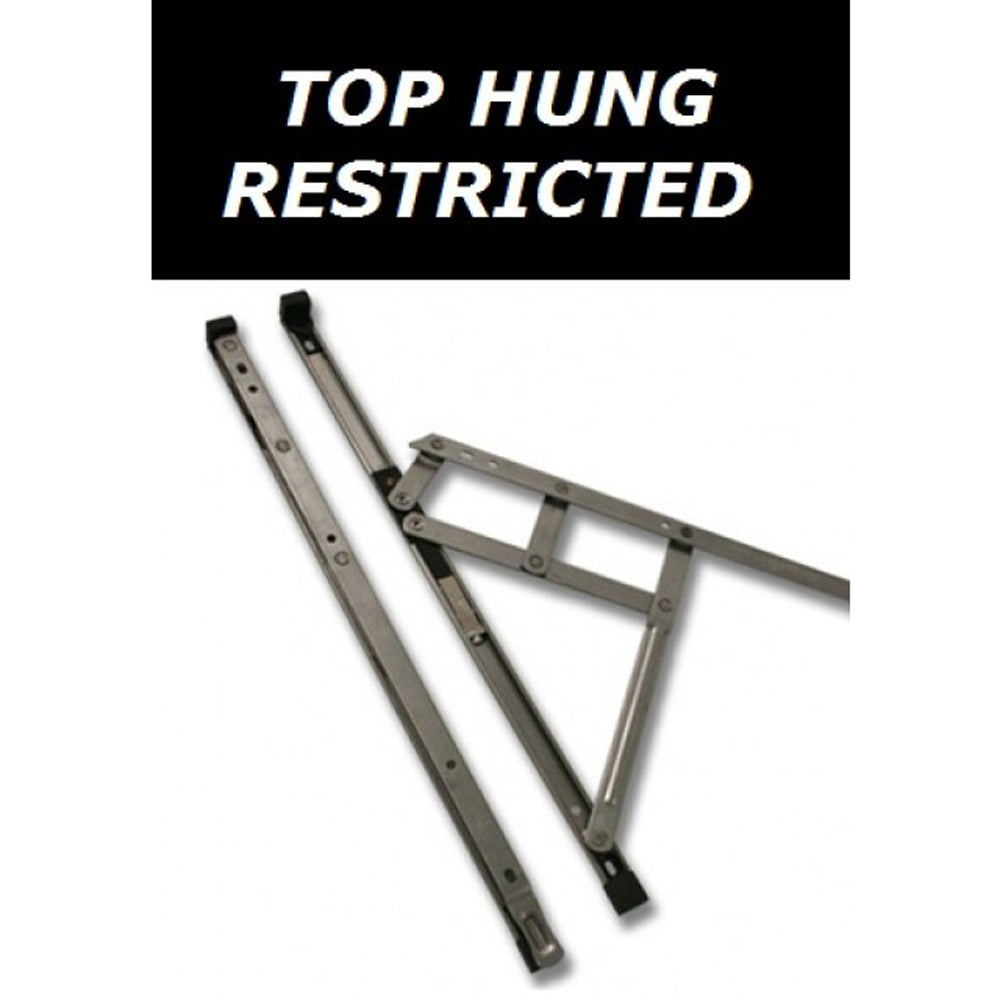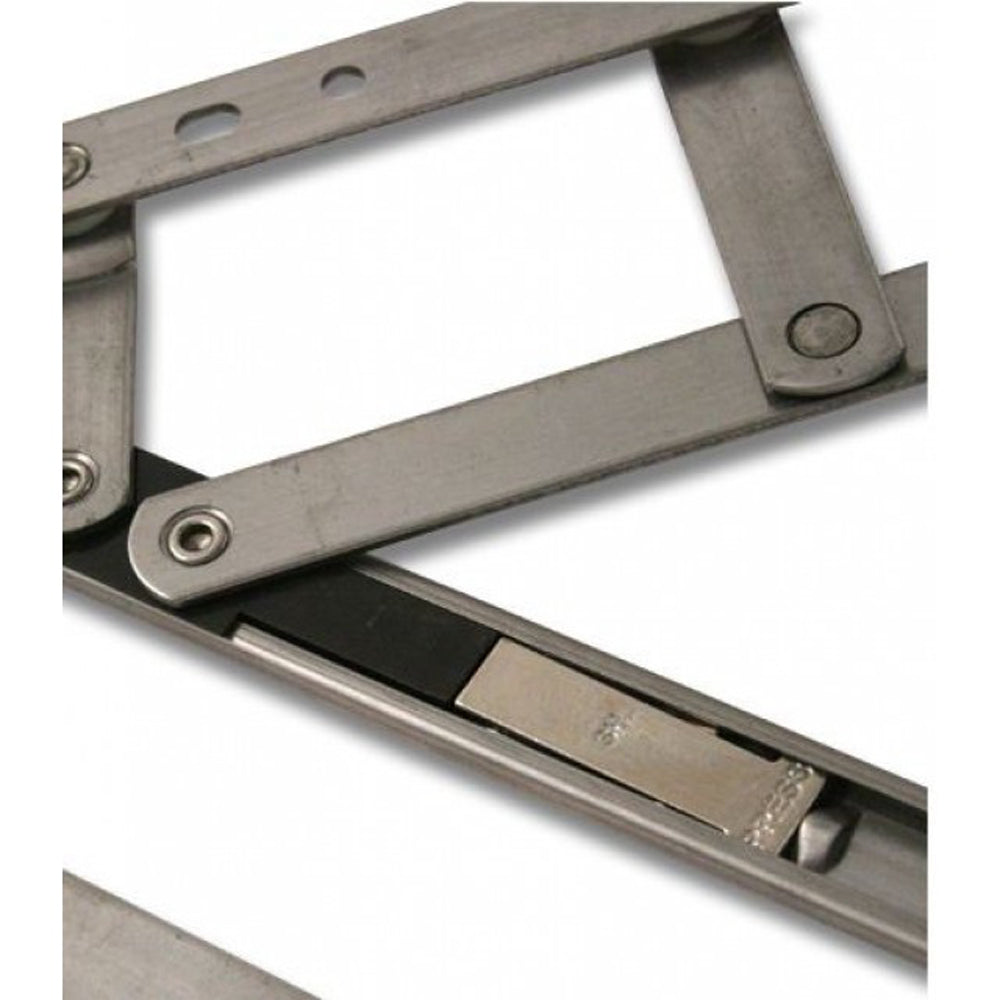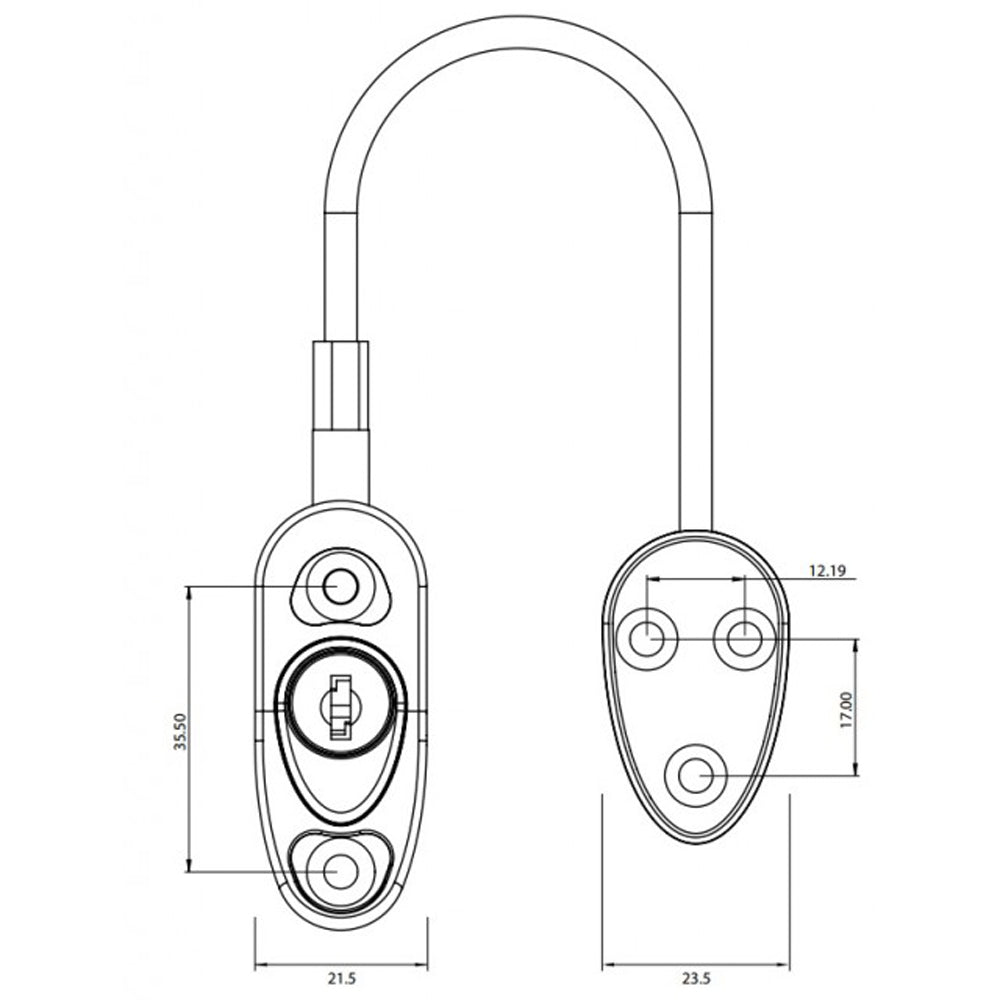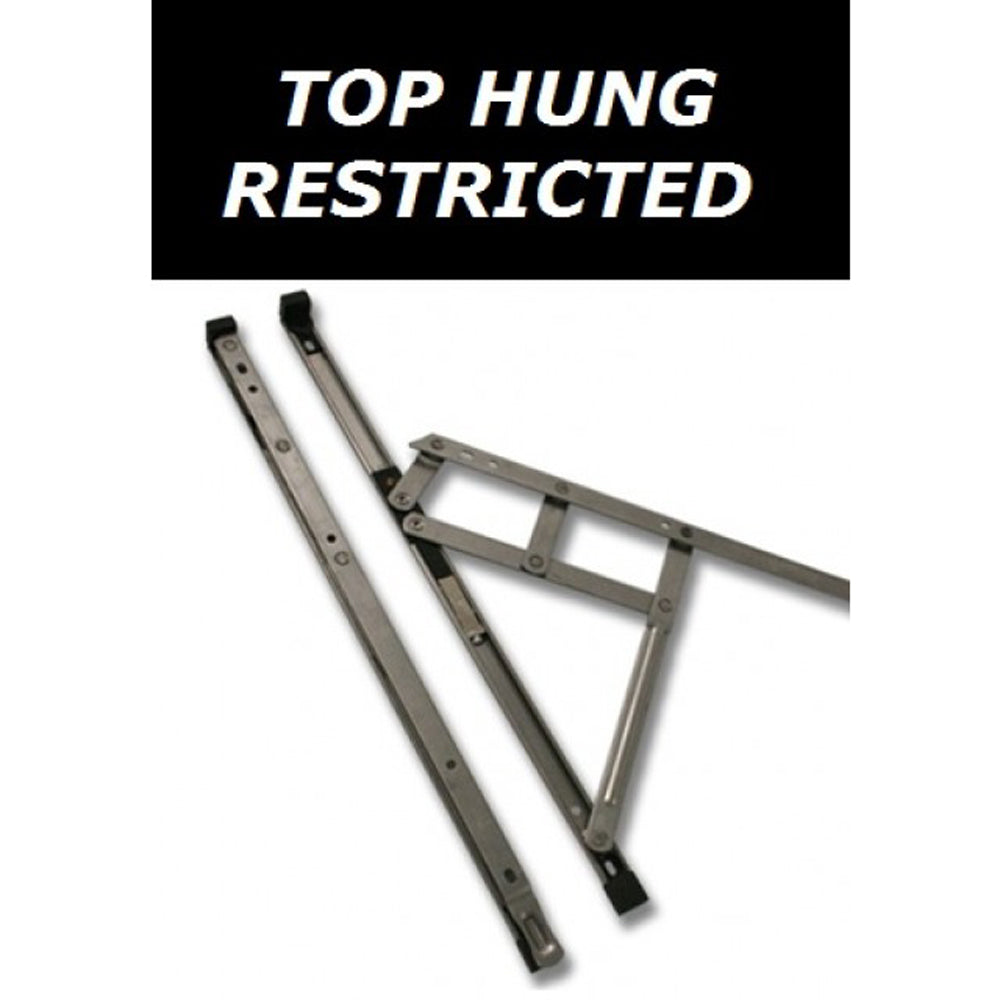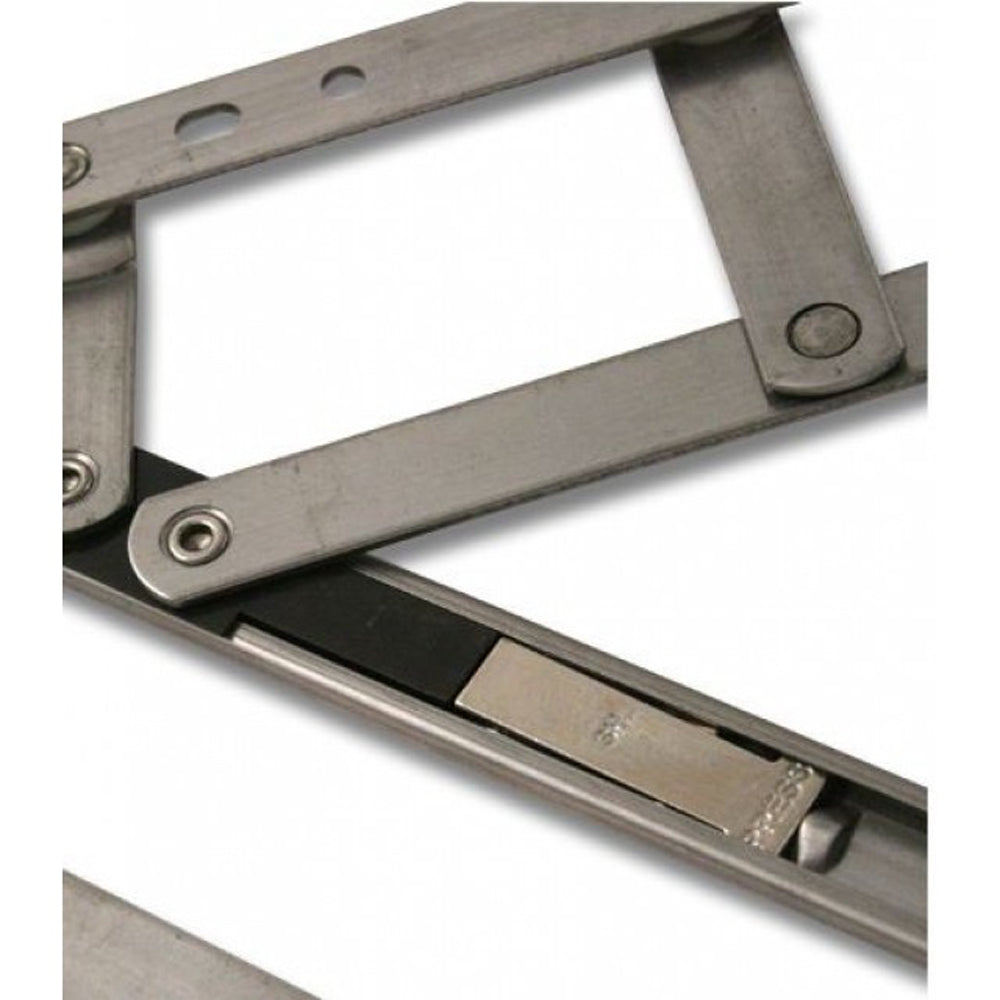Window restrictors are small but powerful safety devices that every homeowner should consider. Whether you want to childproof your windows, improve home security, or simply allow safe ventilation, choosing the right restrictor type makes a huge difference.
In this guide, we’ll compare the three most popular types — cable, hidden, and key-locking window restrictors — to help you find the best fit for your home or business.
If you're upgrading your windows or improving home safety, choosing the right restrictor is just as important as selecting quality glazing. Companies like Ultimate Home Solutions offer professional double-glazing services across Glasgow, ensuring your windows are secure, efficient, and long-lasting.
Learn more about their window options here: Ultimate Home Solutions – Double Glazing Windows Glasgow
🏠 What Is a Window Restrictor and Why Do You Need One?
A window restrictor limits how far your window can open, keeping children, pets, and intruders safe. It allows air to circulate while preventing falls and unauthorized access.
They’re particularly useful for:
-
Families with young children
-
Apartments or multi-storey homes
-
Rental properties needing compliant safety measures
-
Anyone seeking added window security without replacing existing frames
👉 Explore HomeSecure’s Bestselling Window Restrictor Here
⚙️ 1. Cable Window Restrictors
A cable window restrictor uses a durable steel cable to connect the window sash and frame, restricting how far the window opens. This is the most affordable and versatile option available.
Advantages:
-
✅ Easy to install — perfect for DIY homeowners.
-
✅ Compatible with most window types (uPVC, aluminum, timber).
-
✅ Allows ventilation while maintaining safety.
-
✅ Child-safe design reduces fall risk.
Disadvantages:
-
⚠️ Visible cable design may not suit all interiors.
-
⚠️ Requires occasional maintenance to prevent cable wear.
Best for: Homes with kids, landlords, and those seeking a low-cost safety upgrade.

For a trusted, high-quality option, try the
HomeSecure Cable Restrictor Lock (Key-Locking Model) — designed for maximum safety and convenience.
🕵️ 2. Hidden (Concealed) Window Restrictors
Hidden window restrictors (also known as concealed restrictors) are built into the window frame itself. They provide a clean, modern look with no visible parts when the window is closed.
Advantages:
-
✅ Completely hidden design — perfect for contemporary homes.
-
✅ Tamper-proof, offering lasting durability.
-
✅ Smooth operation and minimal maintenance.
Disadvantages:
-
⚠️ Higher installation cost — usually requires a professional.
-
⚠️ May not be suitable for older window frames.
Best for: New builds, modern apartments, or homeowners prioritizing aesthetic and design continuity.

If you’re upgrading your home’s look, complement hidden restrictors with HomeSecure’s Cable Restrictor for added security — perfect for rooms where you need both style and strength.
🔑 3. Key-Locking Window Restrictors
A key-locking window restrictor adds an extra layer of security with a lock-and-key system. This lets you control when and how far the window opens.
Advantages:
-
✅ Maximum control and flexibility — lock or unlock as needed.
-
✅ Ideal for landlords and multi-occupancy properties.
-
✅ Strong, reliable security — meets most safety standards.
Disadvantages:
-
⚠️ Keys can be misplaced if not managed carefully.
-
⚠️ Slightly slower access compared to cable types.
Best for: Families, rental properties, or anyone needing high-security window restrictors.

For total peace of mind, choose the trusted
HomeSecure Key-Locking Window Restrictor — easy to install, durable, and family-safe.
📊 How to Choose the Right Window Restrictor
|
Your Main Goal |
Recommended Type |
Key Benefit |
|---|---|---|
|
Child Safety |
Cable or Key-Locking |
Prevents falls while allowing airflow |
|
Modern Look |
Hidden |
Clean, concealed design |
|
Flexible Access |
Key-Locking |
Can lock/unlock as needed |
|
Budget-Friendly |
Cable |
Affordable and easy to fit |
|
Professional Finish |
Hidden |
Sleek and durable |
🧠 Expert Tip: Combine Safety with Style
If you want maximum home safety without compromising design, consider mixing restrictor types throughout your property. For example:
-
Use hidden restrictors in living areas for aesthetics.
-
Install key-locking restrictors in bedrooms and upper floors for child safety.
-
Fit cable restrictors in garages or rental units for cost-effective protection.
And for more thorough health and safety advice, be sure to check out Tailored Safety Solutions for the latest on all things Health and Safety.
🏁 Final Thoughts
Choosing the right window restrictor comes down to your priorities: safety, style, or convenience.
-
Go with cable restrictors for an easy, affordable solution.
-
Pick hidden restrictors for modern, seamless window frames.
-
Choose key-locking restrictors if you need control and security.
Investing in quality window restrictors not only keeps your family safe — it also adds peace of mind and long-term value to your home.




